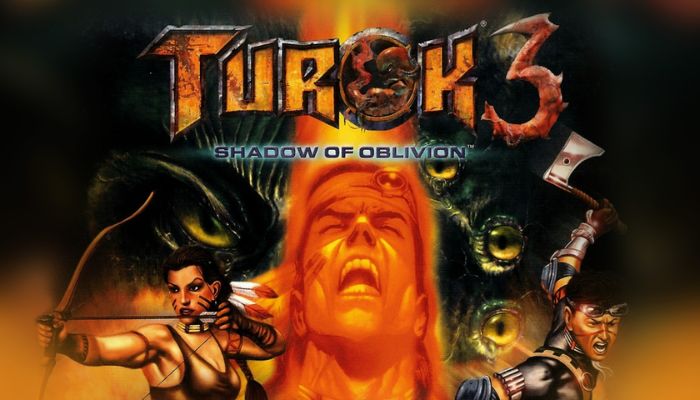
Nightdive Studios has once again swung its remastering magic wand, this time resurrecting the often-overlooked gem, Turok 3: Shadow of Oblivion. As someone who eagerly awaited this remaster, Turok 3 held a special place in my gaming heart even before its anticipated revival this year. Following Nightdive's triumphant remasters of Turok: Dinosaur Hunter and Turok 2: Seeds of Evil, expectations soared for the remaster of the less-famous third instalment of the Nintendo 64 trilogy.
Now, why is a remaster of Turok 3 considered more important than its renowned predecessors, you might wonder? The answer lies in its unjust obscurity. Launched during the twilight of the Nintendo 64 era, it slipped past many gamers' radars due to a limited release, arriving just a month before the PlayStation 2 stormed the market. Despite not reaching the same heights as Turok 1 or 2, Turok 3: Shadow of Oblivion was technologically advanced for its time, boasting graphical prowess that went underappreciated.
Sadly, its brilliance was overshadowed by its forgotten status. Nightdive's latest remaster offers a golden opportunity to rediscover this hidden gem with its trademark excellence.
The game's narrative takes an unexpected turn, bidding farewell to Joshua Fireseed, the protagonist of Turok 2, within moments of the game's commencement. Enter Danielle and Joseph, the sibling duo spearheading Turok 3, each with their distinct campaigns, abilities, and arsenal, beckoning players to experience the game multiple times. Moreover, Turok 3 embraces an incredibly story-rich format, incorporating numerous fully voiced cutscenes.
Admittedly, these dated cutscenes might not measure up to today’s cinematic standards but cast your mind back to the Nintendo 64 era of 2000. For its time, the game boasted fully voiced performances, a rarity back then. While it may not rival Metal Gear Solid in voice acting prowess, it certainly outshone numerous contemporaries.
The leap in character modelling also stands out remarkably. Each character features facial animations synced to their dialogues — a groundbreaking feature considering the era. This technological feat places Turok 3 on a pedestal, even when compared to early PlayStation 2 games like Max Payne, which lacked such sophisticated expressions.
This enhanced storytelling affects the overall game structure. Unlike its predecessors, Turok 3 tends toward a more linear narrative, drawing inspiration from Half-Life, resulting in a tonal shift from the previous action-packed Turok titles. Though initially lacking in enemy encounters, the game eventually escalates the action, revisiting locations from earlier games, thereby breathing new life into the experience.
Nightdive's remaster visually transforms Turok 3. Removing fog effects illuminates expansive landscapes, reworked textures, and added post-processing effects, granting the game a contemporary allure. Yet, the game’s shadow effects, although visually impressive, sometimes make it excessively dark, demanding heightened screen brightness.
In terms of gameplay, Turok 3 remains a stellar first-person shooter. Despite minor grappling hook control issues, the remaster’s mouse and keyboard configuration ensure a seamless experience. However, the voice-acting suffers from compression, a relic of the game’s Nintendo 64 origins. Conversely, the remastered soundtrack triumphs, showcasing Native American influences in a higher audio quality, a standout feature in the Turok series.
While Turok 3 may not shine as brightly as its predecessors, it undeniably stood as a revolutionary, underrated title ahead of its time. Nightdive’s stellar remastering efforts bring this forgotten gem to the fore, revamping visuals and gameplay. Despite a more linear approach and a focus on storytelling, the remaster stands as a fantastic tribute to an overlooked classic.
















